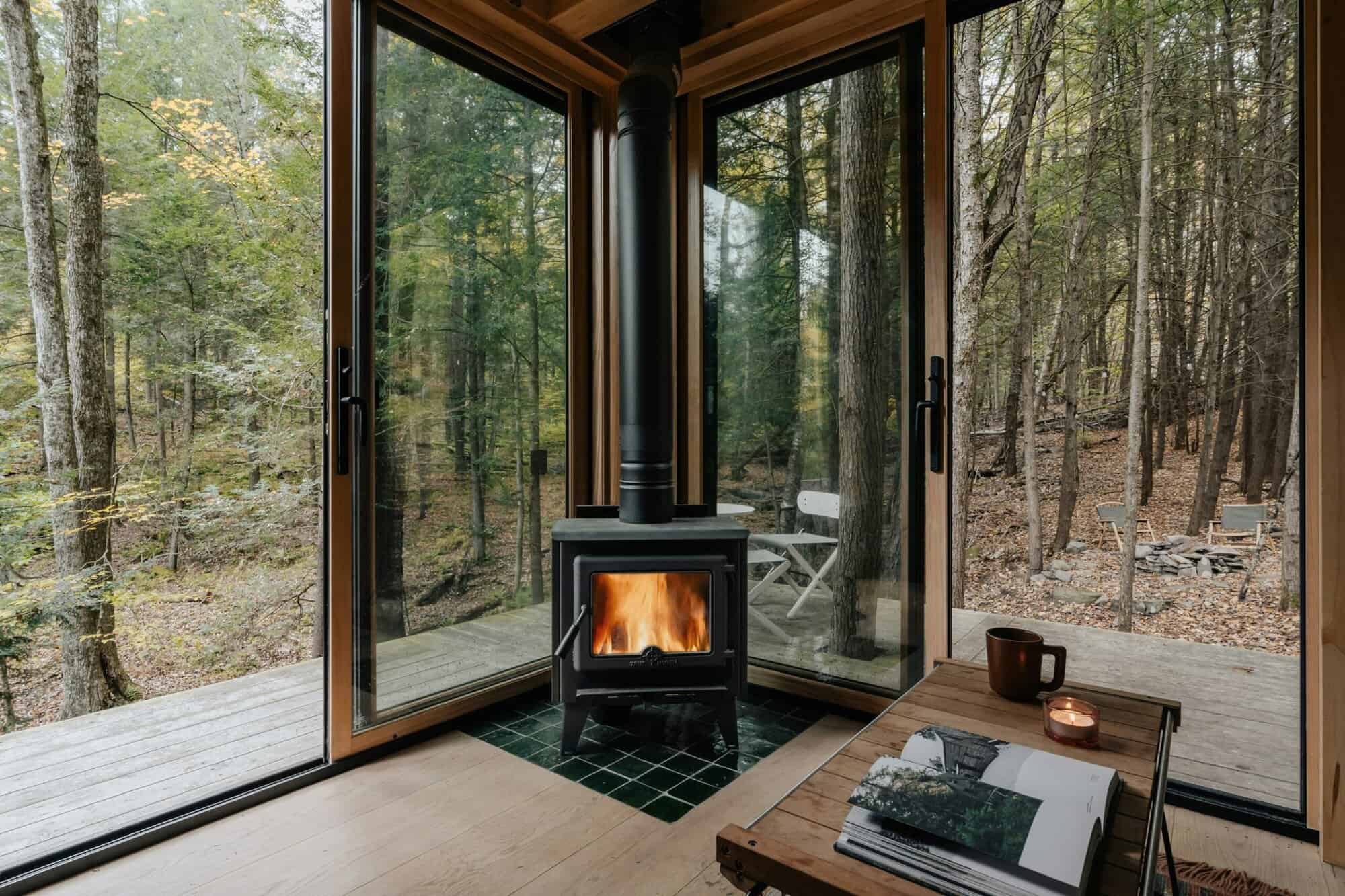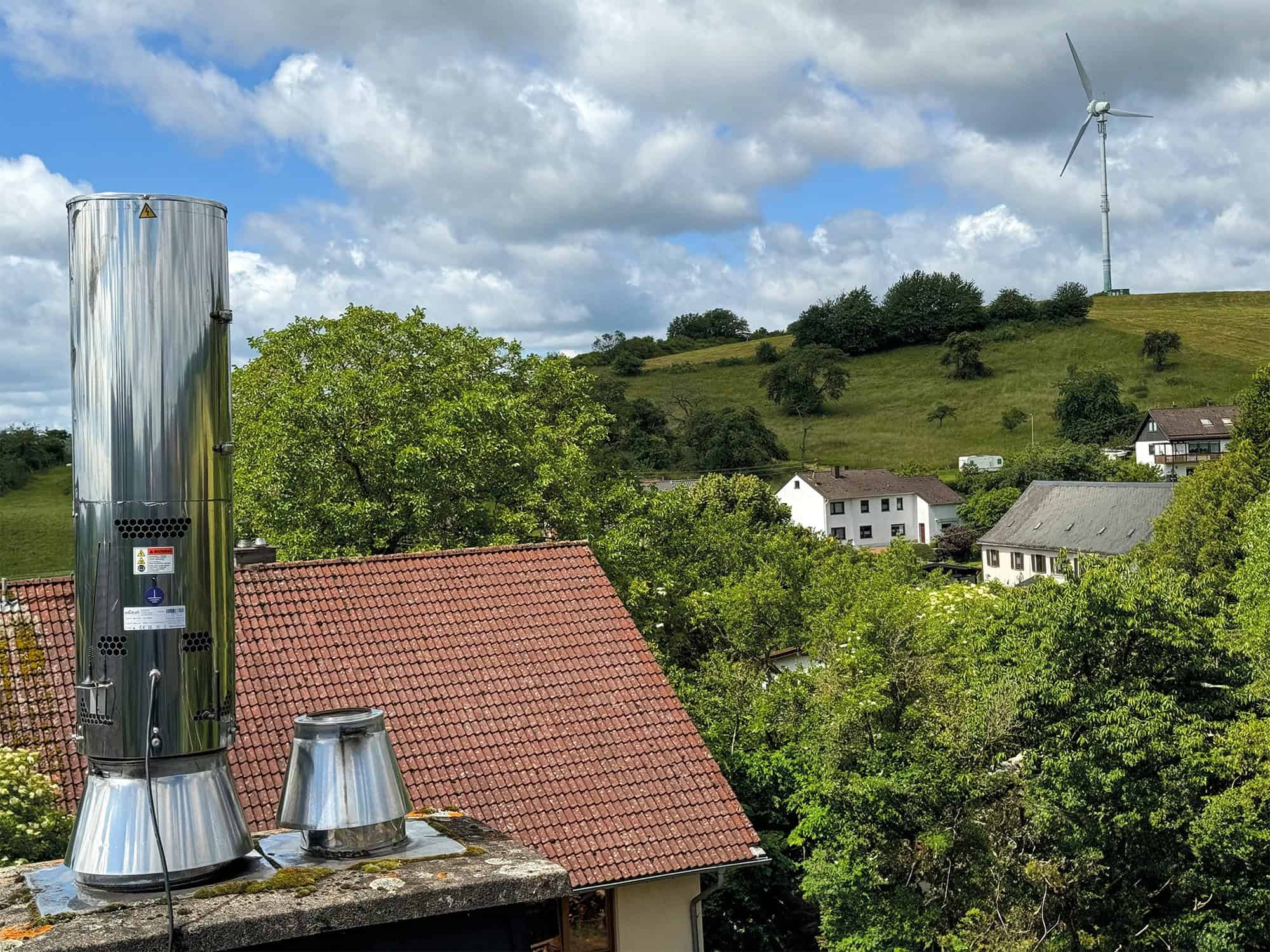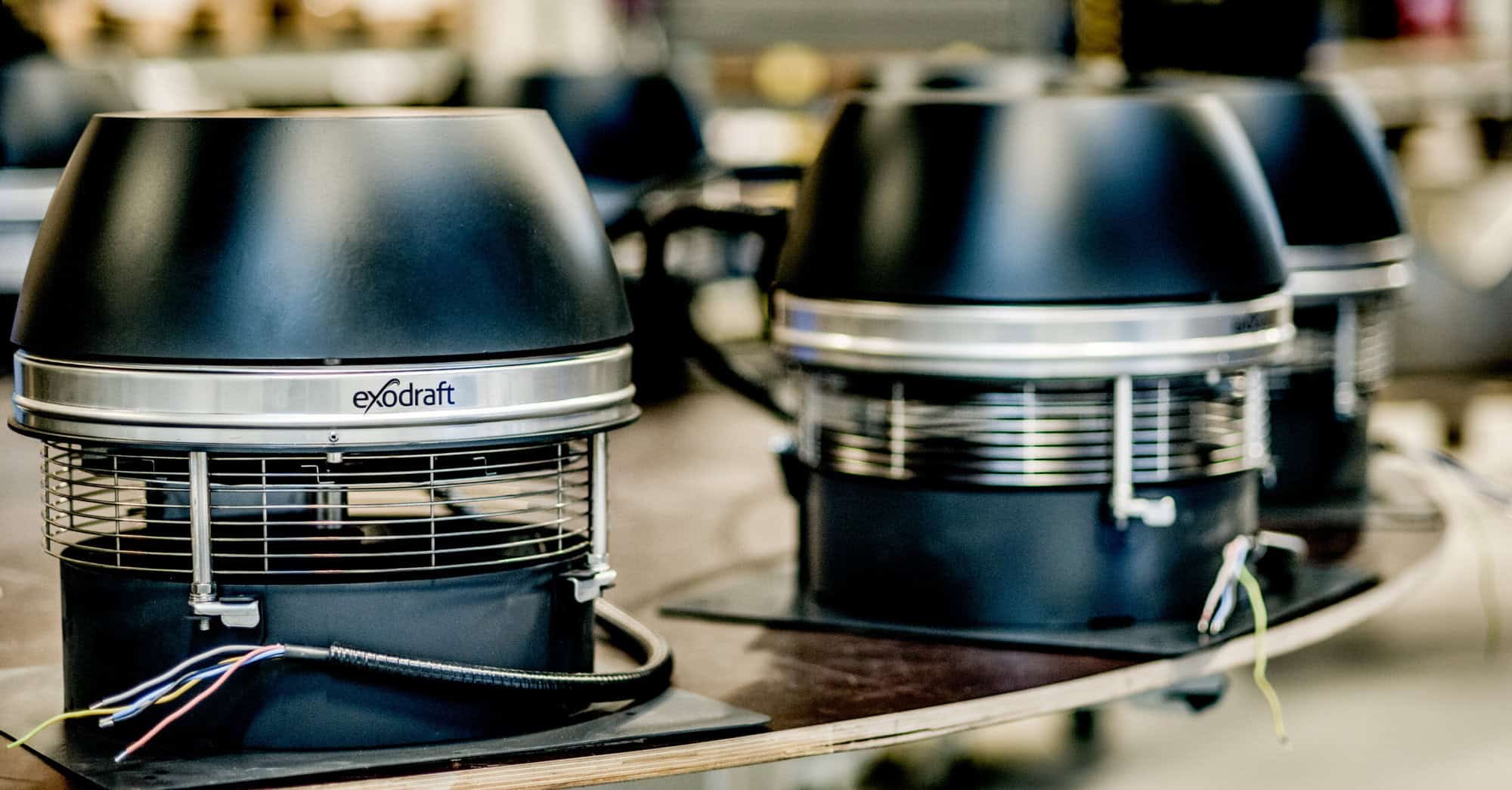Article
13. maj 2025 · 7 min
Do I Need a Certificate for a Wood Burning Stove?
Do you need a certificate for your wood-burning stove? Learn why UK regulations, insurance compliance, and safety standards make certification essential.

If you are installing a wood-burning stove in the UK, certification is a key requirement to ensure that the installation meets building regulations, safety standards, and insurance requirements. A properly certified installation verifies that your stove is installed safely, operates efficiently, and complies with legal standards.
Failing to obtain the correct certification can lead to:
- Non-compliance with UK building regulations, which may require costly modifications.
- Issues with home insurance, as many providers demand proof of a compliant installation.
- Safety risks, including poor ventilation, increased fire hazards, or carbon monoxide exposure.
Understanding the certification process and its importance will help homeowners ensure that their wood-burning stove is both legally compliant and safe to use.
What Are the Legal Certification Requirements for Wood Stoves in the UK?
In the UK, installing a wood-burning stove is regulated under Building Regulations Approved Document J, which covers the safe installation of solid fuel appliances. To comply with these regulations, you must ensure that your stove installation is certified and documented properly.
HETAS Certification and Competent Person Schemes
The easiest way to meet legal requirements is by using a HETAS-registered installer or another Competent Person Scheme (CPS)-approved professional. These installers can self-certify their work, ensuring compliance without needing an inspection from the local authority. After installation, they provide a HETAS Certificate of Compliance, which serves as proof that the stove meets UK safety standards.
Building Control Approval for DIY Installations
If you choose to install your stove yourself or hire a non-certified installer, you must:
- Notify your local Building Control department before installation.
- Arrange for an inspection by a Building Control officer to verify that the installation meets safety and emissions standards.
- Receive a Building Regulations Compliance Certificate once the installation passes inspection.
Failure to follow these steps can result in fines, safety risks, and problems when selling your home, as uncertified installations may need to be modified or removed.
A properly certified installation ensures that your stove is legally compliant, safe to use, and covered by insurance.
Why Is a Wood Stove Certificate Important for Insurance and Compliance?
Obtaining the correct certification for your wood-burning stove is not just a legal requirement—it also plays a crucial role in insurance coverage and long-term compliance.
Impact on Home Insurance
Many home insurance providers require proof of a certified installation before covering any damages related to a wood-burning stove. Without a valid HETAS Certificate of Compliance or a Building Regulations Compliance Certificate, you may face:
- Higher premiums due to increased fire risk.
- Limited or denied coverage if an uncertified stove is found to be the cause of property damage.
- Potential legal liability if an unsafe installation leads to harm.
Safety and Legal Consequences
A certified installation ensures that the stove meets fire safety regulations, ventilation requirements, and emissions standards. Without proper certification, you risk:
- Increased fire hazards due to improper clearance from combustibles.
- Carbon monoxide buildup from poor ventilation.
- Difficulties selling your home, as uncertified installations must be corrected before a sale can proceed.
Selling a Home with a Wood Stove
If you plan to sell your property, a missing certification for your stove installation can delay or complicate the sale. Many buyers and mortgage lenders require proof of a legally compliant installation, meaning you may need to retroactively seek certification or modify the installation before completing the sale.
By ensuring that your wood-burning stove is properly certified, you protect both your home and investment, avoiding legal and financial issues down the line.

How to Get Your Wood Burning Stove Certified?
If you are installing or have already installed a wood-burning stove, you need to ensure that it is properly certified to comply with UK regulations. There are two main ways to obtain certification, depending on whether you use a professional installer or complete the installation yourself.
Using a HETAS-Registered Installer (Recommended)
The easiest way to get your stove certified is to hire a HETAS-registered installer or a professional from another Competent Person Scheme (CPS). These certified professionals can:
- Self-certify the installation, meaning no additional inspections are required.
- Issue a HETAS Certificate of Compliance, which confirms that the installation meets Building Regulations Approved Document J.
- Ensure that the stove is installed safely, with proper ventilation, clearance, and emissions control.
This method is the most straightforward and preferred option, as it avoids the need for local authority involvement.
Getting Certification for a DIY or Non-Certified Installation
If you choose to install the stove yourself or use a non-certified installer, you must:
- Notify your local Building Control department before installation.
- Schedule an inspection by a Building Control officer to verify compliance.
- Make any necessary modifications if the installation does not meet the required standards.
- Obtain a Building Regulations Compliance Certificate once the installation is approved.
This route can be time-consuming and costly, as local Building Control authorities typically charge fees for inspections. Additionally, if the stove does not pass inspection, you may need to make expensive adjustments to bring it up to standard.
What If You Have an Uncertified Stove?
If your wood-burning stove was installed without certification, you may still be able to obtain one by:
- Hiring a HETAS-registered installer to inspect the stove and confirm compliance.
- Contacting Building Control to retroactively approve the installation (which may require modifications).
- Ensuring that all safety and clearance requirements are met before requesting certification.
To avoid legal issues, insurance problems, or complications when selling your home, it’s important to make sure that your wood-burning stove is fully certified as soon as possible.
Ensuring a Compliant and Hassle-Free Wood Burner Installation
Installing a wood-burning stove is a great way to create warmth and efficiency in your home, but it must be done legally and safely. In the UK, a certification process is required to ensure that the installation meets fire safety, ventilation, and emissions regulations.
The easiest way to obtain certification is by using a HETAS-registered installer, who can self-certify the installation and provide a Certificate of Compliance. If the stove is installed without a certified professional, the homeowner must apply for Building Control approval and arrange an inspection to obtain a Building Regulations Compliance Certificate.
Failing to properly certify your stove can lead to:
- Issues with home insurance, potentially invalidating coverage in case of damage.
- Legal non-compliance, which could require costly modifications or removal.
- Difficulties selling your home, as uncertified installations must be corrected.
By ensuring that your wood-burning stove is installed and certified correctly, you protect your home, finances, and safety while enjoying the comfort and efficiency of your heating system without future complications.
Find out more about your options

exodraft







